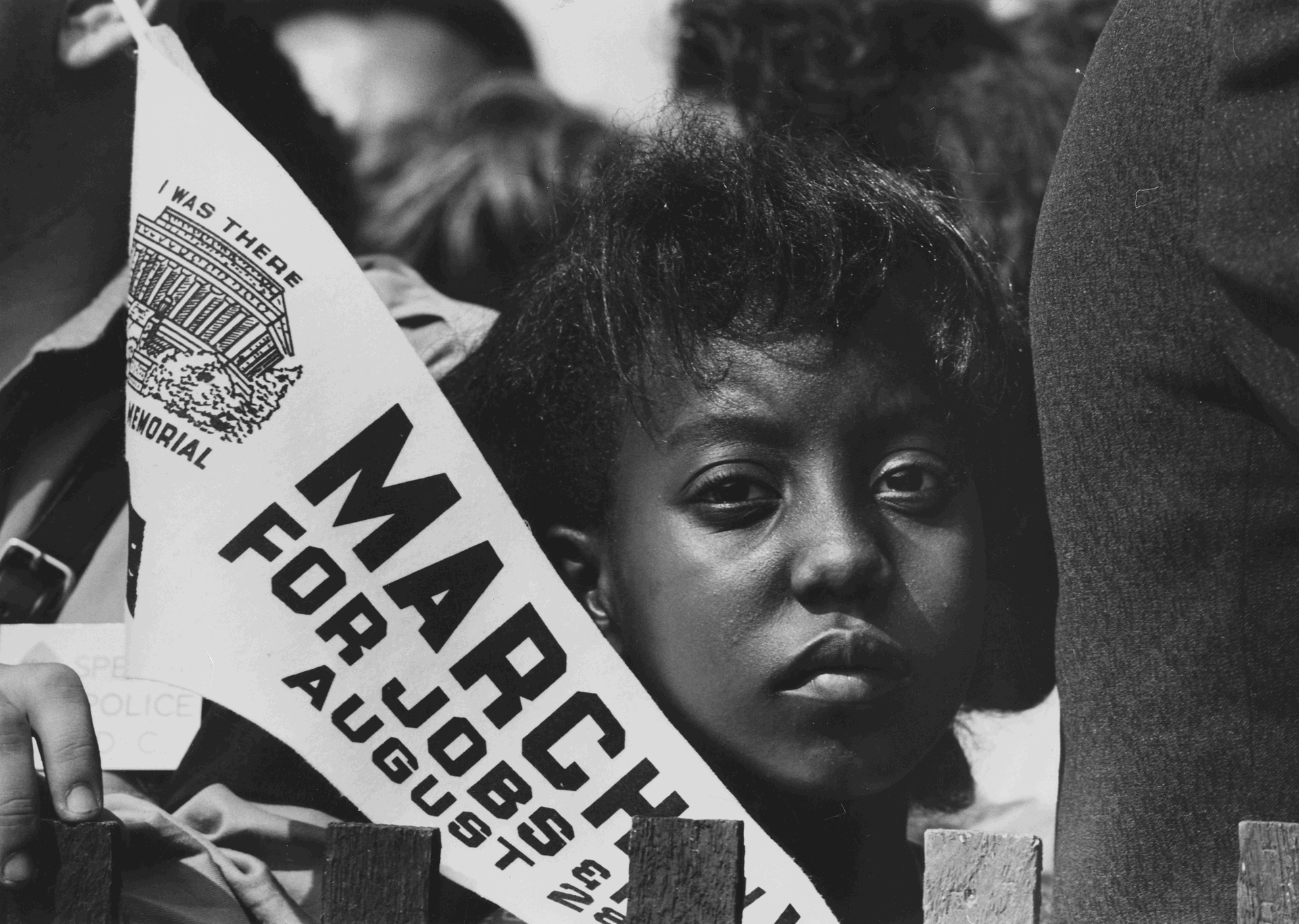https://www.cbsnews.com/news/donald-glover-childish-gambino-this-is-america-video-tackles-gun-violence-racism/
https://www.cnn.com/2018/05/07/entertainment/childish-gambino-this-is-america-lyrics/index.html
Childism Gambino is out with a new song, and he’s confronting as many forms of racism as he can in the 4:04 video. Wearing Confederate army pants and opening the rap standing in the caricatured “original Jim Crow” pose, the video is rife with symbolism. Mainly centered on gun violence, many scenes feature powerful weaponry mowing down innocent backup dancers while others film from their phones.
The scary reality of being Black in America is tackled with eviscerating detail. Guns, police, and the mythical white horse – the symbolism is debated if the rider is a savior or death – are all parts of the experience that Donald Glover highlights. To be sure, the message and motifs of the piece are associate with fear, but offsetting everything is dancing. I interpreted this as the uncertainty African Americans face in everyday life, never knowing if something fun would become violent.
A poignant piece, “This is America” is a new song decrying the injustices of modern oppression, and is a meaningful contribution to art of the resistance.
